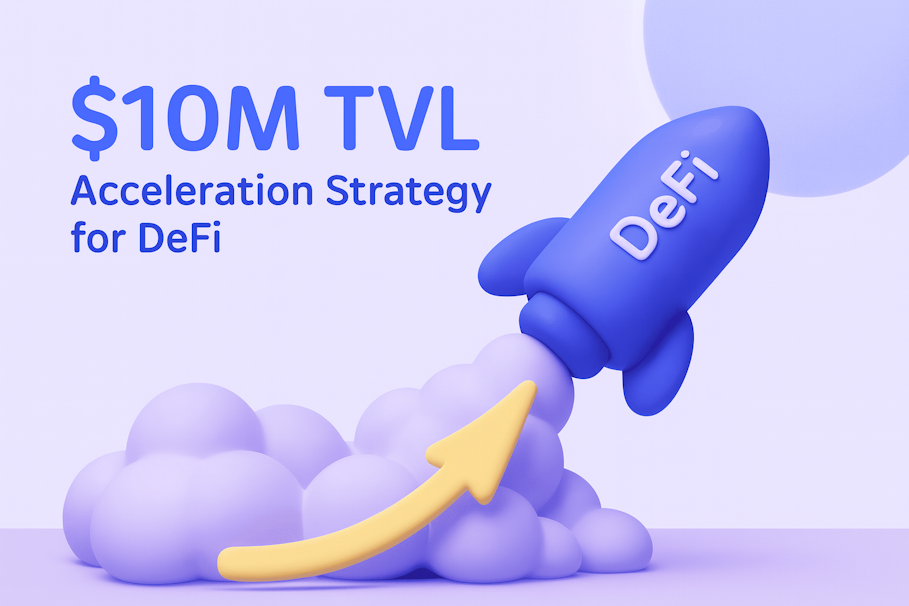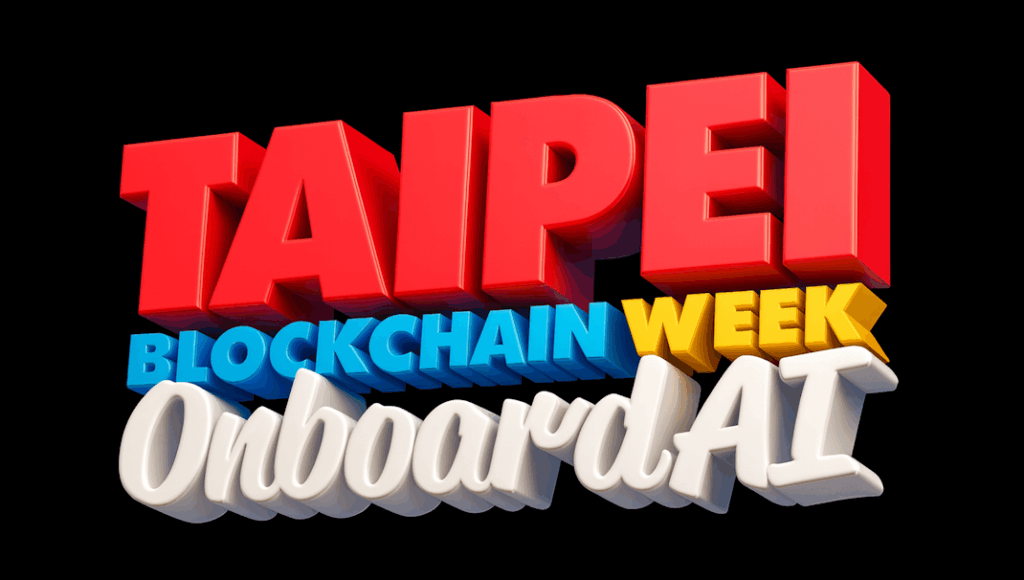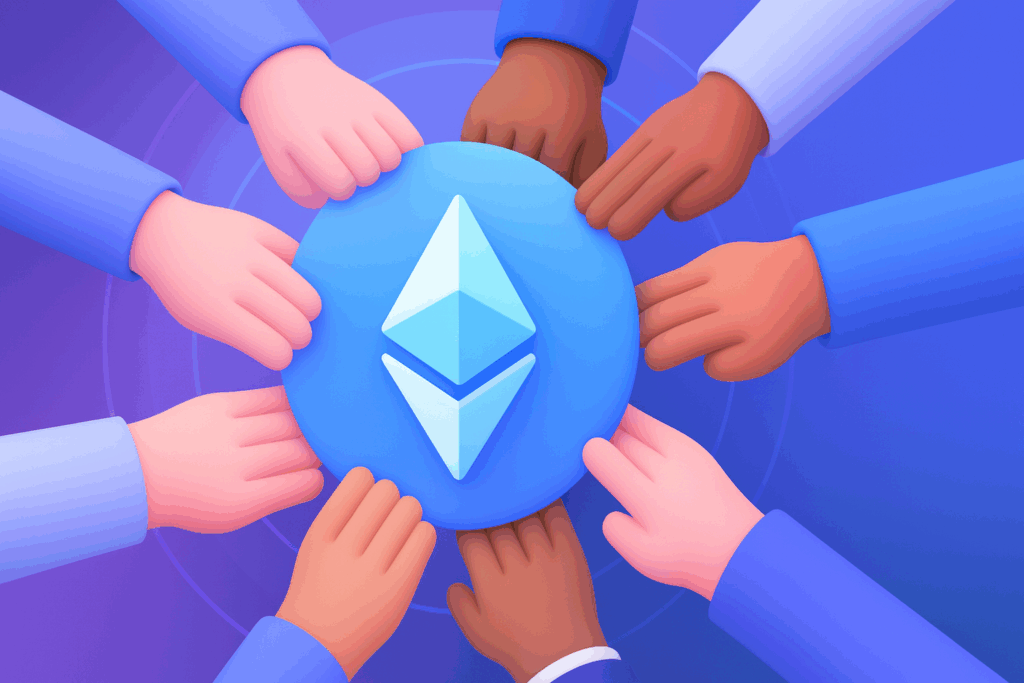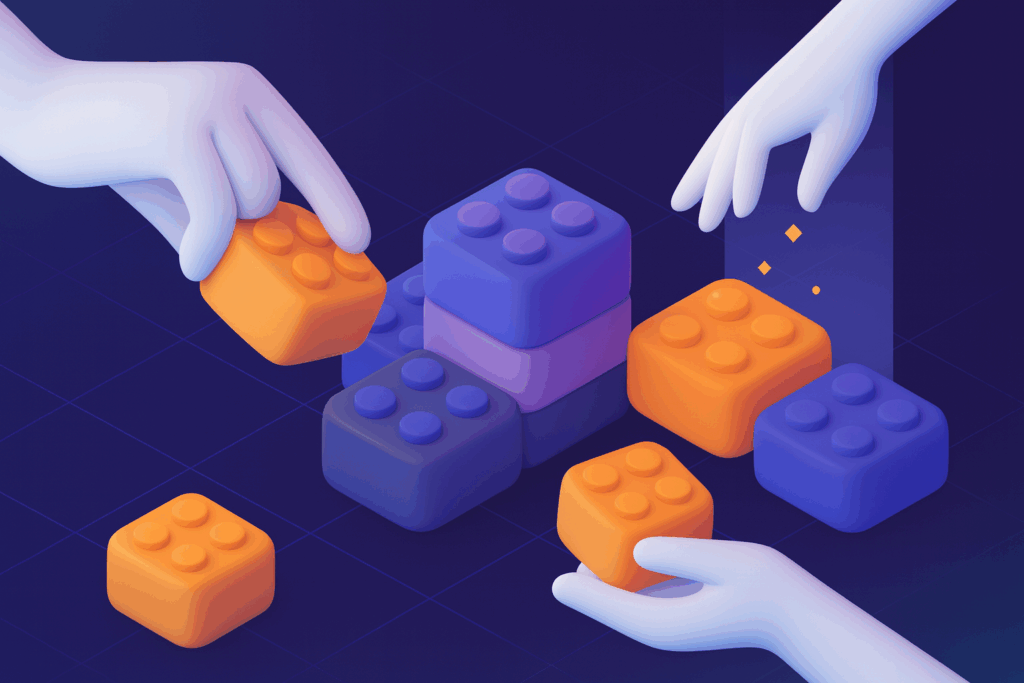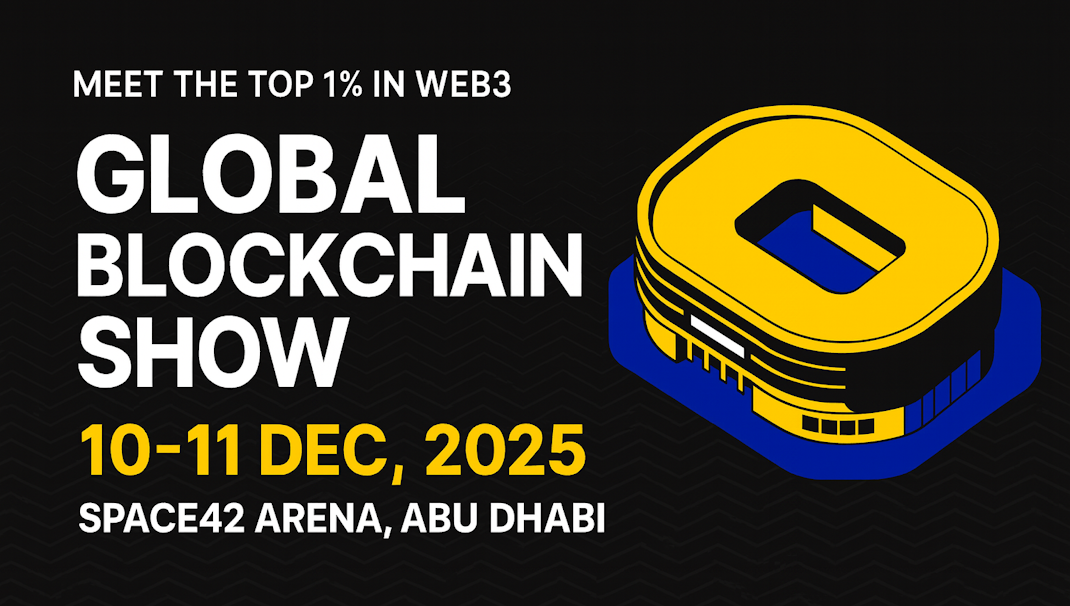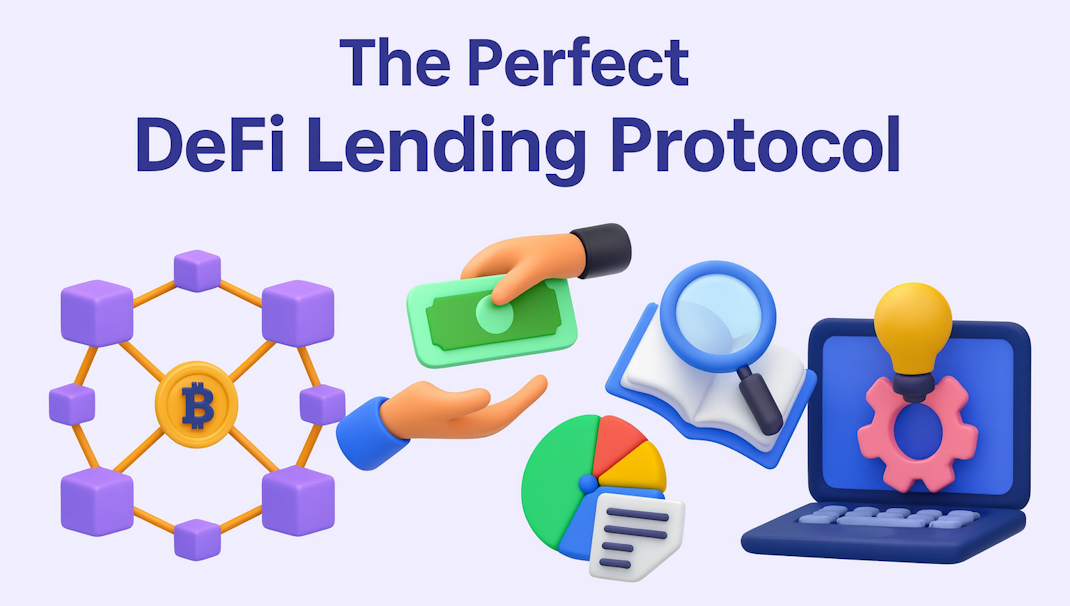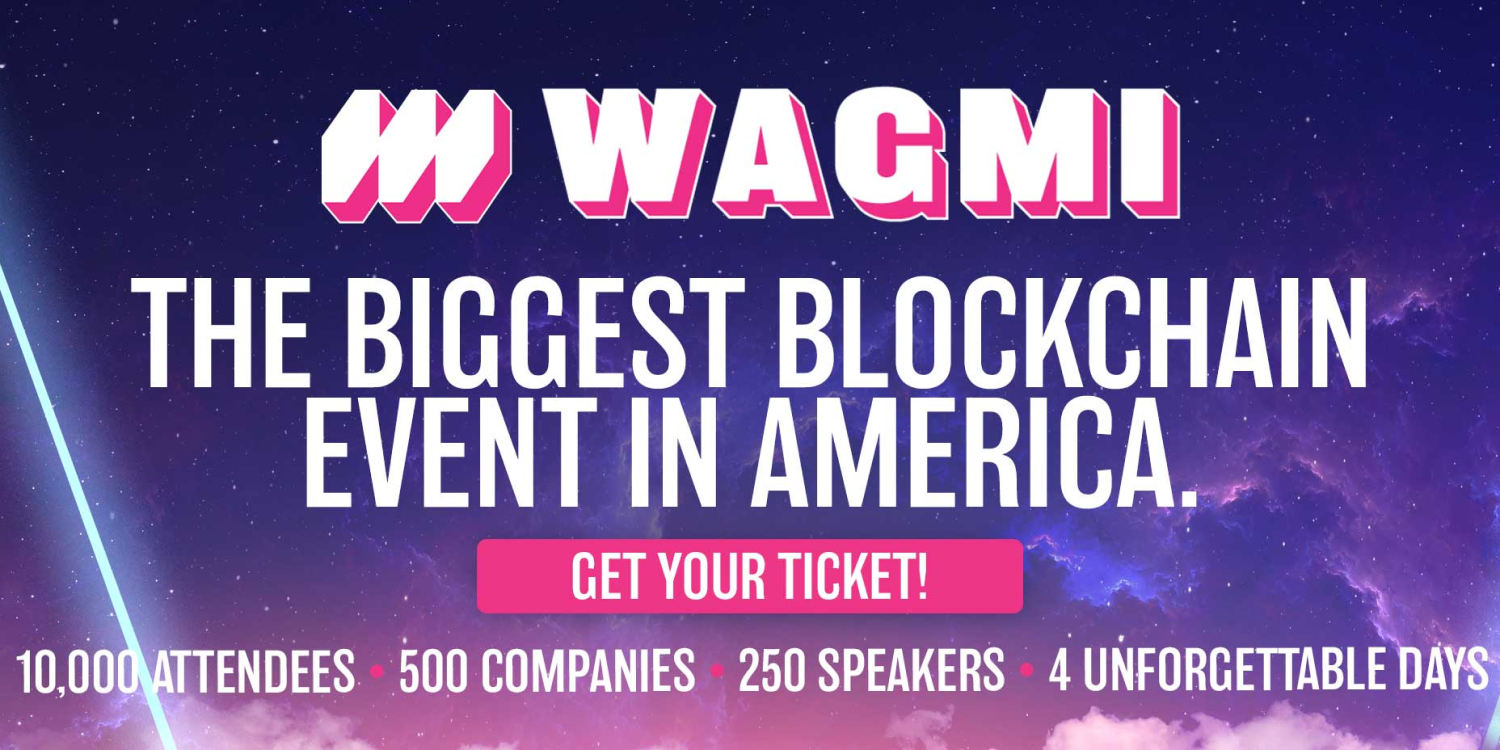The AI search revolution is reshaping crypto discovery
The search landscape has fundamentally shifted. One in ten U.S. internet users now turns to generative AI first for online search, while over 300 million people use ChatGPT weekly. For crypto projects, this represents a massive opportunity: AI tools now account for about 10% of site traffic, with Perplexity delivering both the highest volume and best conversion rates.
The stakes are high. ChatGPT failed to mention TON DeFi platforms in 87% of DeFi-related queries, while Gemini cited TON projects in only 1 out of 50 related searches. Projects not optimized for AI visibility are effectively invisible to users who increasingly rely on AI for research and decision-making.

Real results: ICODA’s GEO-first strategy ranked them #1 in ChatGPT answers for “best crypto marketing agency,” driving a 600% boost in qualified leads, while Runpod achieved 4× growth in 3 months, with ChatGPT delivering ~40 new paying customers per day.
Understanding how AI engines work differently from Google
The fundamental difference: mentions vs. links
The currency of Google search was links. The currency of large language models is mentions—words that appear frequently near other words across training data. AI systems work like “spicy autocomplete,” determining which brands to mention based on frequency patterns where certain words appear after other words in their training data.
Two core AI ranking methods
Training data influence: If your brand frequently appears alongside relevant phrases in training data, it’s more likely to be suggested in AI responses. This requires long-term authority building through consistent mentions across high-authority websites.
Real-time search integration: AI tools like ChatGPT’s search mode and Perplexity blend in live search results from Bing or Google. Strong traditional SEO performance directly impacts AI citations.
Platform-specific citation patterns
Research analyzing 680 million citations reveals distinct preferences:
- ChatGPT — Wikipedia accounts for 47.9% of citations among leading sources, with commercial domains dominating at 80% of total citations
- Perplexity — Reddit emerges as the leading source at 6.6% of citations, with unique concentration in community platforms
- Google AI Overviews — More balanced distribution across multiple source types, with Reddit at 2.2% of citations

Technical implementation: GEO fundamentals for crypto projects

Content structure optimization
GEO methods like inclusion of citations, quotations from relevant sources, and statistics notably boosted source visibility by over 40%. Successful crypto projects implement:
Conversational content architecture: Write in a conversational tone using phrases like “how to,” “tips for,” or “best ways to” that match natural language patterns
Answer-focused formats: Q&A style, lists with bullet points, how-to guides, TL;DR summaries, and FAQ sections help LLMs pick out key points fast
Statistical integration: Include quantitative data, market metrics, and performance statistics that AI systems can confidently reference
Technical SEO requirements
Companies practicing ongoing SEO perform better in Perplexity because it operates similarly to a search engine by using indexable URLs, citing authoritative domains, and focusing on fresh content.
Crawler accessibility: Ensure PerplexityBot, ChatGPT-User, and Google-Extended can crawl your site. If PerplexityBot can’t crawl your site, it can’t index or cite you
Schema markup implementation: Use Organization and Product schema to help create knowledge graph entries for your brand, including name, logo, founding date, and sameAs links
Mobile optimization and speed: Page speed optimization is crucial for both user experience and AI crawling efficiency
Content freshness strategies
Perplexity updates its index daily and features a Discover section for latest news. Crypto projects benefit from:
- Real-time market analysis and commentary
- Regular protocol updates and development progress
- Timely responses to regulatory developments
- Fresh educational content explaining crypto concepts
Strategic approaches for crypto project visibility
Wikipedia and authoritative platform strategy
Wikipedia is very likely to be used in LLM training data and serves as ChatGPT’s most cited source at 7.8% of total citations. For crypto projects:
- Build notability through coverage in 15+ credible news sources
- Create neutral, factual content with proper citations
- Contribute to existing cryptocurrency and blockchain articles
- Maintain transparency about conflicts of interest
Authority building through mentions
Find all places on the web that talk about your category and ensure your brand is mentioned there through PR processes and pitches. Key tactics:
Media outreach: Target publications like Eater, CN Traveler, and The New York Times that score highly for LLM training data inclusion
Community participation: Reddit serves as the leading source for both Google AI Overviews and Perplexity, making authentic community engagement crucial
Industry publication strategy: Focus on fintech, blockchain, and crypto-specific publications with high authority
Long-tail conversational optimization
AI engines often pull information from long-tail keywords that match user query specificity. Instead of optimizing for “DeFi protocol,” target phrases like:
- “What’s the best DeFi platform for yield farming?”
- “How to choose a secure crypto exchange?”
- “Which Layer 2 solutions have the lowest fees?”
Think like your audience—write down actual questions users might ask a chatbot about your industry and ensure your website explicitly answers those conversationally.
Advanced tactics: Gaming AI training data
Understanding training data probability
You can ask ChatGPT to estimate how likely websites are to be used in LLM training data on a scale of 0-100. High-probability sources for crypto include:
- Reddit (90-95%): Known data licensing to AI companies
- Financial news sites (80-90%): Bloomberg, Reuters, CoinDesk
- Academic sources (85-95%): Research papers on blockchain
- Government sources (90-95%): SEC filings, regulatory documents
Semantic proximity optimization
Rand Fishkin showed how SparkToro appears first in AI answers for “audience research software” because that exact phrase shows up right next to his company’s name across dozens of bios and articles.
For crypto projects:
- Ensure your project name appears near relevant industry terms
- Build co-occurrence patterns with established crypto brands
- Create content where your brand naturally appears alongside solution-focused language
Reciprocal Rank Fusion advantage
ChatGPT uses Reciprocal Rank Fusion (RRF) to combine results from multiple searches, rewarding content that shows up across many related searches. This means:
- Build topic clusters covering multiple aspects of your crypto solution
- Create comprehensive content hubs rather than isolated pages
- Develop content that answers related queries across your entire ecosystem
Monitoring and measurement strategies
Essential tracking tools
Enterprise solutions:
- Profound tracks brand visibility across ChatGPT, Copilot, Perplexity, and Google’s AI Overviews
- Surfer’s AI Tracker shows where, when, and how often AI tools mention your brand across multiple models
- Otterly.AI monitors brand mentions across ChatGPT, Google AI Overviews, Perplexity, Gemini, and Microsoft Copilot
Manual testing approach: Regularly ask AI chatbots the kind of questions where you want your brand to appear across ChatGPT, Claude, Gemini, and Perplexity
Key performance indicators
What percentage of relevant AI answers include your brand vs. competitors
Track how often your content gets referenced with proper attribution
Analyze whether you’re mentioned as “one of the options” or singled out as “the best”
Monitor which of your pages earn citations across different AI platforms
Analytics setup
Set up tracking in Google Analytics 4 for referrals from AI sources, creating custom channel groupings for referrals containing “openai.com” or “perplexity.ai”
Traditional analytics platforms miss 100% of AI visits because they rely on JavaScript tracking that AI crawlers don’t execute. Consider server-level tracking through Cloudflare integration for complete visibility.
Content optimization tactics specific to crypto
Educational content strategy
Publish detailed whitepapers, tutorial series, market reports, and regulatory updates to establish authority. AI systems prioritize comprehensive, educational content that helps users understand complex topics.
Effective formats for crypto:
- Protocol comparison guides
- DeFi yield farming tutorials
- Security best practice guides
- Regulatory compliance explanations
- Market analysis with data visualization
Technical documentation approach
Use cryptocurrency-specific schema markup to help AI understand your content’s context. Include:
- Protocol specifications and technical details
- Smart contract documentation
- API references and integration guides
- Security audit results and methodology
Community-generated content leverage
Since user-generated content platforms dominate AI citations across all engines, actively participate in:
- Reddit crypto communities: Provide helpful responses and educational content
- Discord/Telegram: Share insights and build reputation as subject matter expert
- GitHub: Maintain active repositories with comprehensive documentation
- Stack Overflow: Answer technical questions related to blockchain development
Platform-specific optimization strategies
ChatGPT optimization
ChatGPT responses show 73% similarity to Bing search results, making Bing optimization crucial:
- Submit sitemap to Bing Webmaster Tools
- Optimize for Bing-specific ranking factors
- Build authority signals that Bing recognizes
- Ensure proper indexing across Microsoft’s ecosystem
Perplexity optimization
Perplexity processes more than 100 million searches each week and emphasizes domain authority, content freshness, and citation quality:
- Focus on real-time market data and analysis
- Create content around trending crypto topics
- Implement comprehensive internal linking
- Maintain updated information with proper citations
Google AI Overviews
Google AI Overviews use Google’s core ranking systems including the Helpful content system, Link analysis system, and Reviews system:
- Maintain strong traditional SEO foundation
- Optimize for featured snippets
- Build review signals and user trust metrics
- Leverage Google Shopping Graph for DeFi products
Advanced GEO tactics: Influencing training data
Strategic content distribution
Look for places on the web that talk about your crypto category using exact phrase searches to find where your brand should be mentioned:
- Identify authoritative crypto publications: CoinDesk, Decrypt, The Block, Cointelegraph
- Target academic and research platforms: arXiv papers on blockchain, university research
- Government and regulatory sources: SEC documents, regulatory guidance
- Industry analysis platforms: DeFiLlama, CoinGecko, CoinMarketCap
PR and mention building
Use tools like BuzzSumo to create alerts for cryptocurrency topics and identify where people publish relevant content. Then conduct outreach:
- Pitch guest posts to crypto publications
- Offer expert commentary on regulatory developments
- Participate in industry podcasts and interviews
- Contribute to blockchain research initiatives
Competitive intelligence
You can use SparkToro to identify websites with high affinity for your crypto audience, export the domains, and check their likelihood of being in AI training data through ChatGPT:
- Analyze competitor mention patterns
- Identify gaps in current AI responses
- Target publications citing competitors
- Create superior content for underserved queries
Compliance and ethical considerations
AI content disclosure requirements
Platforms increasingly require transparency about AI-generated content:
- YouTube: Mandatory disclosure for AI-generated crypto content
- Meta: Automatic “AI info” labels when detected
- Medium: AI content restrictions for paywall access
Regulatory alignment
The crypto industry faces heightened regulatory scrutiny. Ensure AI optimization strategies:
- Comply with securities laws for token promotion
- Follow advertising guidelines for financial products
- Maintain factual accuracy in all AI-optimized content
- Avoid manipulation tactics that could trigger enforcement
Measuring success and ROI
Performance benchmarks
Traffic quality metrics:
- Perplexity delivers the highest conversion rates among AI platforms
- Perplexity drives 6-10× higher click-through rates compared to ChatGPT
- Brands report 20-30% conversion rates from Perplexity traffic on high-intent pages
Visibility improvements:
- Airbyte’s ChatGPT citations rose from 9% to 26% within one week, leading directly to a $100,000 enterprise contract
- Mentimeter captured 124,000 monthly sessions from ChatGPT, converting 3,400 new paying users
Implementation timeline

Months 1-2: Foundation setup
- Audit current AI visibility across platforms
- Implement technical SEO requirements
- Begin content optimization for conversational queries
Months 3-4: Content and authority building
- Launch comprehensive educational content strategy
- Begin targeted PR and mention building campaigns
- Establish presence on high-authority platforms
Months 5-6: Advanced optimization
- Implement competitor gap analysis
- Expand to niche and long-tail query optimization
- Scale monitoring and measurement systems
The competitive advantage window
New research from Semrush predicts that LLM traffic will overtake traditional Google search by the end of 2027. However, growth appears to be shrinking over time, with combined AI tools not having 1.1X+ growth since September 2024, suggesting an approaching plateau.
This creates a limited window for crypto projects to establish AI search dominance before the space becomes saturated. Early GEO movers will own the AI surface area in 2025-2026, just like early Google SEO winners became dominant crypto brands.

The strategic imperative: Start now while competition is lower and AI algorithms are still learning. Projects that delay GEO implementation risk being permanently overshadowed by competitors who establish early AI authority.
Crypto projects must treat AI optimization as a core marketing priority, not an experimental add-on. The data shows clear ROI for early adopters, while late entrants face increasingly difficult competitive landscapes. Success requires dedicated resources, systematic implementation, and long-term commitment to building authoritative presence across the AI ecosystem.esses. It’s demonstrating strength of your code, team, and vision for reliable financial future. In 2025, no serious DeFi project launches without a comprehensive DeFi audit — make sure yours doesn’t either.
Frequently Asked Questions (FAQ)
Generative Engine Optimization (GEO) is the practice of optimizing crypto projects to get mentioned and cited in AI-generated responses from platforms like ChatGPT and Perplexity. Unlike traditional SEO that focuses on links, GEO prioritizes mentions and authority building to increase visibility in AI search results.
AI SEO for crypto focuses on mentions rather than backlinks, requiring conversational content optimization and authority building across high-probability training data sources. Traditional crypto SEO targets Google rankings, while AI SEO aims for citations in ChatGPT, Perplexity, and other generative AI platforms.
Crypto projects should optimize for both ChatGPT and Perplexity, as each platform has distinct citation patterns and user bases. Perplexity delivers higher conversion rates and emphasizes fresh content, while ChatGPT relies heavily on Wikipedia and established authority sources for crypto-related queries.
Successful crypto marketing agencies like ICODA use GEO-first strategies including Wikipedia optimization, authority building through media mentions, and conversational content creation. The most effective approach combines real-time market analysis, educational content, and strategic PR to build mention frequency across high-authority platforms.
Crypto projects typically see AI SEO results within 3-6 months, with some achieving significant improvements faster—Airbyte increased ChatGPT citations from 9% to 26% within one week. Generative Engine Optimization requires consistent implementation, but early movers in crypto AI SEO often see 1,400% traffic increases when properly executed.
Rate the article


